Cirsium diacanthum
£6.45
A biennial with with an ornamental basal rosette of prickly, grey-green leaves and an upright stem of lilac thistle-like flowers. Height 1.2m. Spread 60cm. Flowers July-August. Full sun, well drained soil. Hardy. Attracts bees. Self seeds.
Description
Cirsium diacanthum is a striking biennial known for its ornamental rosette of prickly, grey-green leaves and tall, upright stems adorned with lilac thistle-like flowers. Follow this comprehensive guide to ensure your Cirsium diacanthum thrives in your garden.
PLANTING and AFTERCARE GUIDE
Best Planting Time
- Spring: Planting Cirsium diacanthum in spring gives it ample time to establish a strong root system before the growing season begins.
- Autumn: For an alternative, plant Cirsium diacanthum in early autumn. This allows the plant to settle in before entering dormancy, ensuring robust growth in the following year.
Site Selection
- Sunlight: Cirsium diacanthum thrives in full sun. Select a location that receives at least six hours of direct sunlight daily to promote healthy growth and an abundance of flowers.
- Soil: Well-drained soil is essential for Cirsium diacanthum. Avoid areas prone to waterlogging, as this can lead to root rot. Improve soil drainage and fertility by incorporating organic matter, such as compost, into the planting area.
Planting Instructions
- Prepare the Planting Hole: Dig a hole twice as wide and the same depth as the root ball to provide adequate space for root development.
- Soil Preparation: Mix compost or other organic matter into the soil to enhance its nutrient content and drainage. Cirsium diacanthum performs best in nutrient-rich, well-drained soil.
- Planting: Place the plant in the hole, ensuring the top of the root ball is level with the surrounding soil. Backfill gently, firming the soil around the roots to eliminate air pockets.
- Watering After Planting: Water Cirsium diacanthum thoroughly after planting to help settle the soil and promote root establishment.
Watering Requirements
- Growing Season: Once established, Cirsium diacanthum is moderately drought-tolerant. Water during prolonged dry spells, allowing the soil to dry slightly between watering sessions. Overwatering should be avoided to prevent root issues.
- Dormant Season: Reduce watering significantly during the plant’s dormant phase. Only water if the soil becomes excessively dry.
Feeding
- Spring Feeding: Apply a balanced fertiliser in early spring to provide Cirsium diacanthum with the nutrients it needs for vigorous growth and flowering.
- Mid-Summer Boost: A light feeding in mid-summer can encourage prolonged flowering and keep the plant healthy through the season.
Pruning and Maintenance
- Deadheading: Remove spent flowers regularly to maintain a neat appearance and encourage the plant to focus its energy on producing new blooms.
- Final Pruning: After flowering ends, allow Cirsium diacanthum to self-seed if you wish to propagate it naturally. Otherwise, cut back the plant to ground level in autumn.
Mulching
- Spring Mulching: Add a layer of organic mulch, such as bark chips or compost, around the base of the plant in spring to retain soil moisture, regulate temperature, and suppress weeds.
- Winter Protection: Mulching in winter helps shield the roots of Cirsium diacanthum from freezing temperatures, ensuring its survival for the next season.
Self-Seeding
Cirsium diacanthum self-seeds readily, making it an excellent choice for naturalistic or wildlife-friendly gardens. Allow seeds to disperse naturally for a continued display in future seasons.
Final Tips
Cirsium diacanthum is a hardy, low-maintenance plant that attracts bees and other pollinators, making it a valuable addition to any garden. By planting it in full sun, ensuring well-drained soil, and following this care guide, your Cirsium diacanthum will reward you with stunning lilac flowers and vibrant garden life. Embrace this remarkable biennial for a bold, architectural statement in your outdoor space!
Additional information
| Pot Size |
|---|



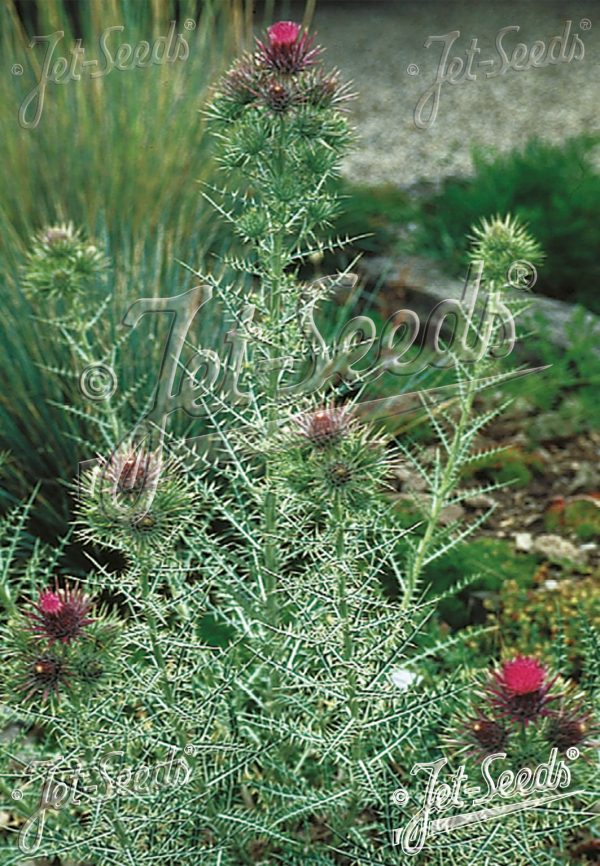
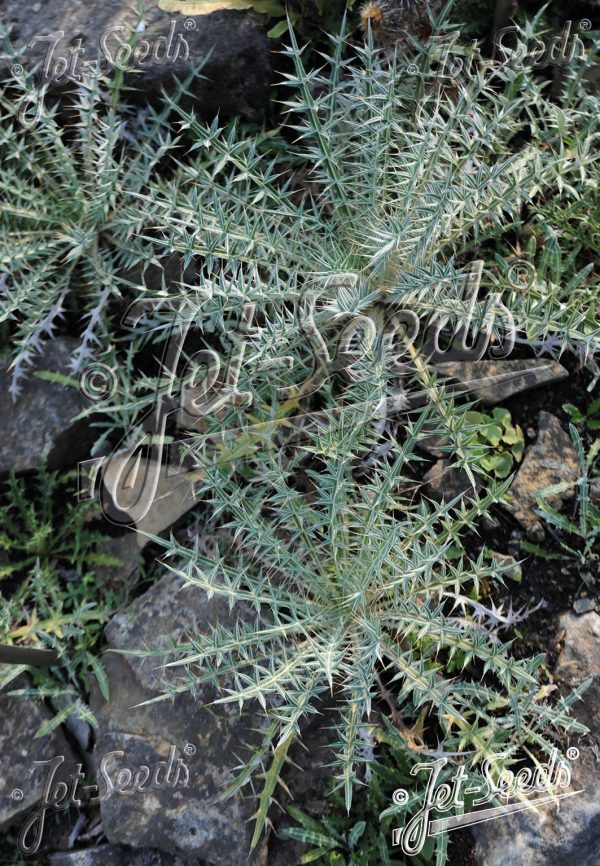
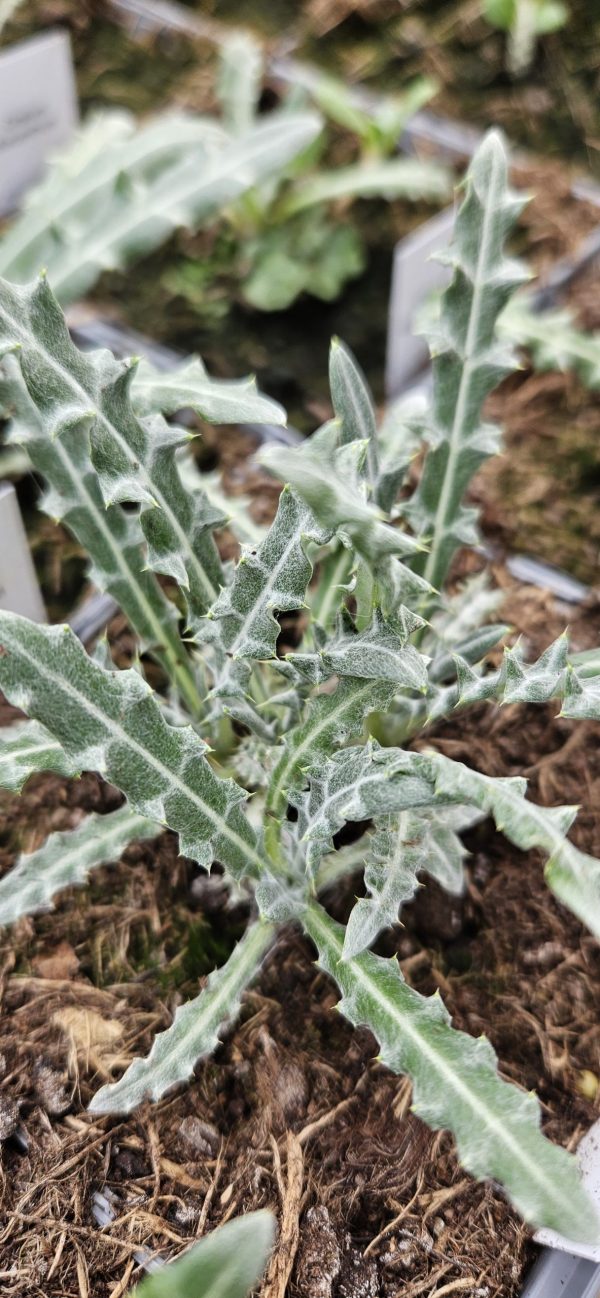
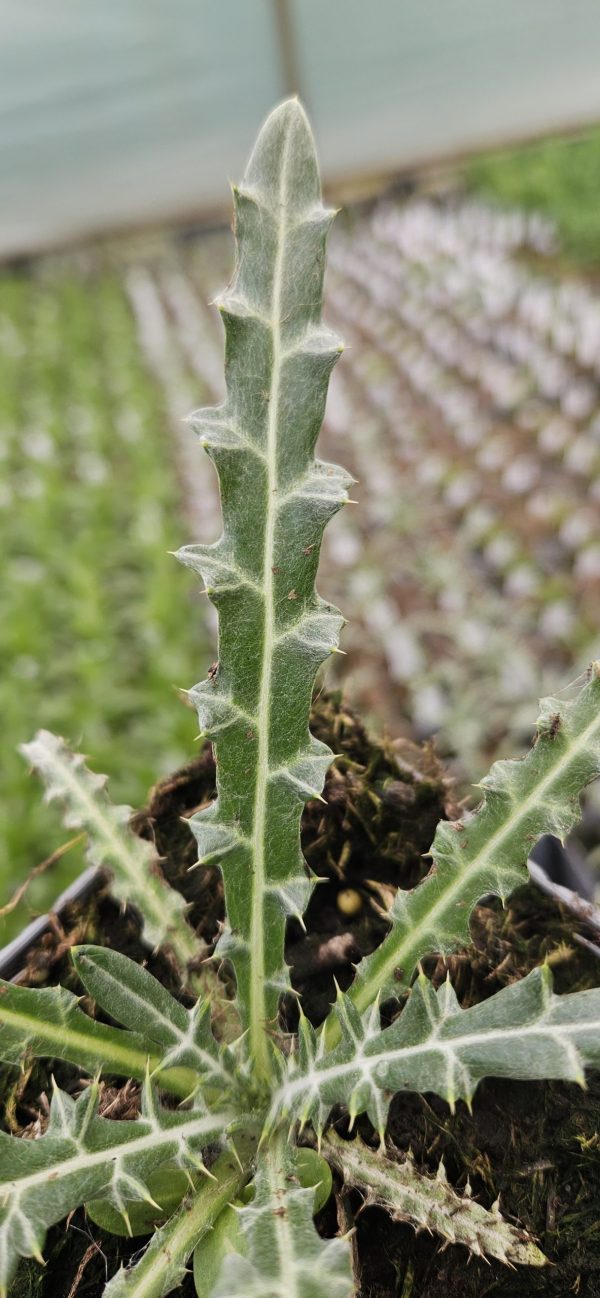
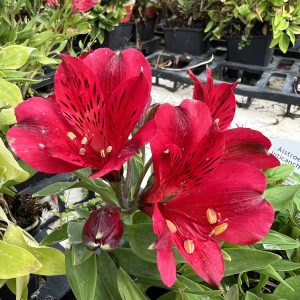

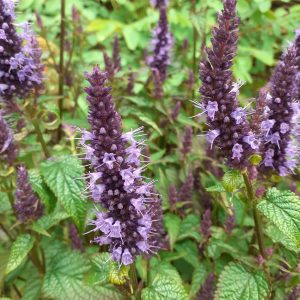
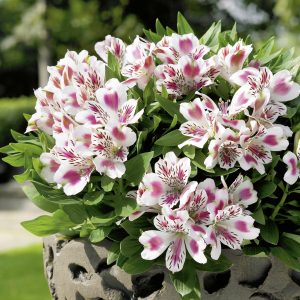
Reviews
There are no reviews yet.